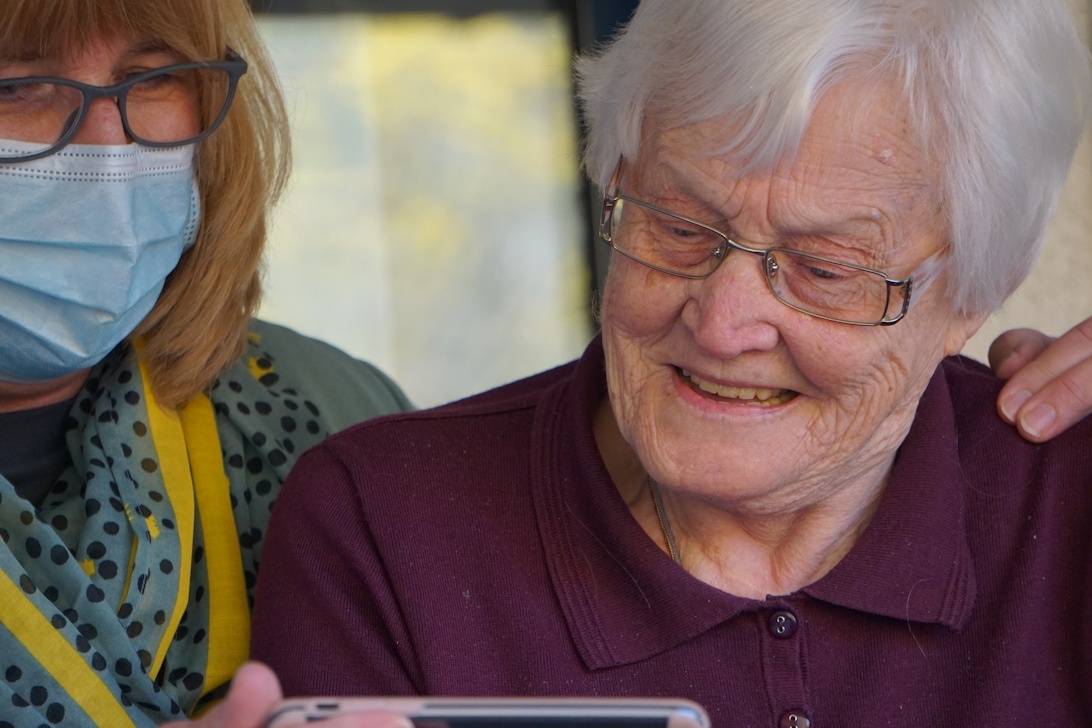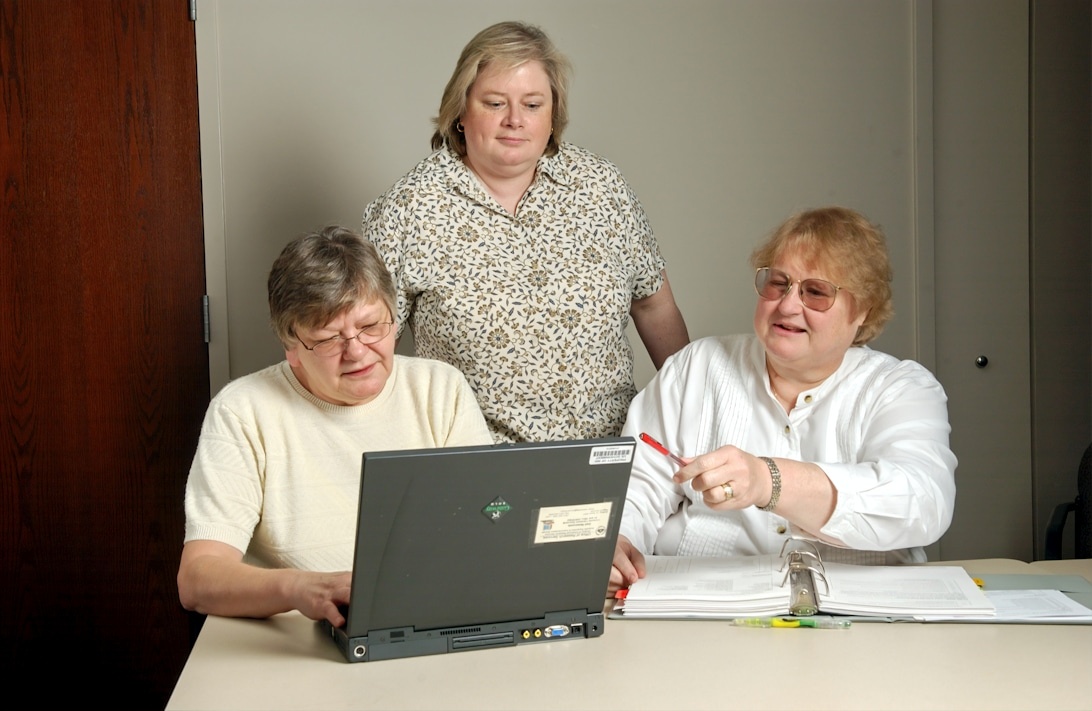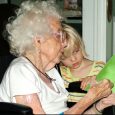We are facing one of the greatest societal challenges of our time: an ageing population combined with a strained care sector. With projections showing a staggering 50% increase in the need for elderly care staff by 2030 in a sector already struggling with retention, technology is no longer a futuristic vision but an essential partner. For non-governmental organisations (NGOs) working on the front line, this digital transformation is not just about efficiency; it is about fundamentally reshaping care to enhance individual dignity, independence, and quality of life. It is time to explore how these digital solutions can become a powerful force for positive change.
The New Digital Toolbox for More Dignified Care
Forget the simple personal alarms of the past. Today’s technological landscape for elderly care is a complete ecosystem of smart solutions designed to create a safer and more independent existence. Wearable health monitors, such as smartwatches and discreet sensors, have become increasingly common and can continuously track vital signs like heart rate, sleep patterns, and activity levels. AI-driven systems can analyse this data, offering predictive insights that alert caregivers to deviations, enabling early intervention before a situation becomes critical. In parallel, smart home technologies are being integrated into living environments to increase both safety and comfort. Voice-controlled lighting, automated thermostats, and hobs that switch themselves off are no longer science fiction, but practical tools that reduce the risk of accidents and simplify daily life for people with reduced mobility.
Fall prevention, a critical area in elderly care, has also been revolutionised. Technologies using accelerometers and gyroscopes in wearable devices can automatically alert emergency services, while advanced sensors can detect changes in gait to identify risks proactively. Beyond physical safety, technology offers powerful tools for managing health and social wellbeing. Telehealth platforms have opened doors to specialist care for those living in rural areas or who find it difficult to travel. Yet, technology is not just about health and safety; it is also a bridge against social isolation. Video communication through simple interfaces makes it easier than ever to stay in touch with family and friends. This focus on connection is crucial, and it is important to also understand the significant benefits of intergenerational programs for boosting elderly mental health. Virtual reality (VR) is even being used to offer mentally stimulating experiences, from virtual trips to distant places to reliving treasured memories, which can reduce anxiety and lift spirits. For an NGO, knowledge of these tools is crucial to guide, educate, and implement solutions that truly make a difference.

Technology helps bridge distances, combating social isolation and strengthening family connections for the elderly.
Implementing Technology The Human and Organisational Challenges
Introducing new technology is more than just acquiring equipment; it requires a profound shift in working methods and organisational culture. A significant hurdle is the inherent resistance to technology within care professions. This can stem from a perceived conflict between digital tools and the deeply held ideals of hands-on, human-centric nursing. For any digital transformation to be successful, it must respect and align with these values. A deeper appreciation of this dynamic can be gained by exploring research into how technology and emotions intersect within the elderly care environment. This means providing staff with comprehensive training and ensuring managers actively support the practical use of technology to organise care more effectively.
The challenges are not just internal but also structural. Europe has a fragmented landscape of national healthcare systems with different regulations, funding models, and levels of technical maturity. This creates a ‘digital health divide’ where access to innovative solutions varies greatly between countries. You can explore the insightful findings from leading health innovators on the digital transformation of healthcare across Europe to understand the full picture. For an NGO operating across borders, this can be a significant barrier. However, initiatives like Germany’s ‘DiGA Fast-track’, which creates a standardised pathway for getting digital health applications approved and funded, show a possible way forward. The European Commission is also working to create a common European Health Data Space, a project detailed in its valuable eHealth policy initiatives, which would facilitate secure data sharing and give citizens greater control over their health information. For NGOs, engaging with these policy developments is crucial to ensuring the future digital ecosystem is inclusive.

Automated medication dispensers improve safety and adherence to treatment plans, providing peace of mind for both users and caregivers.
From National Strategy to Daily Operations
To see what successful implementation can look like in practice, we can turn to Finland and its national ‘Technology supporting smart ageing and care at home (KATI)’ programme. This programme is an excellent example of a systematically coordinated strategy. Instead of letting individual municipalities reinvent the wheel, Finland has created a national model for developing, piloting, and evaluating technological solutions. A key feature of the KATI programme is its highly effective focus on co-development, where elderly end-users are actively involved in the design process to ensure the technology meets real needs while also considering ethical aspects. This type of strategic, collaborative, and user-centric approach is a model for how NGOs and public bodies can work together to scale up digital innovations.
However, such a strategic effort requires a robust internal organisation. For an NGO to manage complex digital projects, coordinate with partners, and ensure regulatory compliance, effective internal processes are essential. Administration and reporting can quickly become overwhelming without the right tools. For NGOs to thrive in this new landscape, robust internal systems are non-negotiable, and platforms such as NGO Online are essential for providing the centralised management and transparency needed to succeed. By digitalising their own operations, an NGO can not only work more efficiently but also lead by example and better understand the digital transitions they advocate for in the care sector.

Digital health tools empower individuals and support caregivers by providing real-time data and enabling proactive care.
More Than Code The Soul of Technology in Compassionate Care
Ultimately, the most important insight is that technology itself is neutral. Its value is determined by how we choose to use it. The great potential lies not in replacing human contact, but in enhancing it. When a sensor can monitor sleep, a dispenser can manage medication, and a digital platform can handle documentation, the most valuable resource of care staff is freed up: time. Time to sit down, hold a hand, listen to a life story, and offer the comfort and companionship that no algorithm can replicate. Beyond remote consultations, ensuring daily comfort through fundamental details like choosing suitable clothing for the elderly contributes immensely to this overall wellbeing. The revolution lies not in the technology itself, but in the reallocation of focus it allows, from the mechanical to the humane. Understanding how to manage this complex interplay is key, and it is useful to see how researchers are exploring the role of digital welfare technology and the transformation of care work to unlock this potential.
Therefore, the truly rebellious approach for those passionate about elderly care is to embrace technology in a conscious and critical way. This means we must make demands: that technology is designed with dignity and integrity in focus, that it is implemented with respect for the knowledge and ideals of care professionals, and that savings and efficiency gains are reinvested in more time for human connection. Our task is to ensure that the digital transformation becomes not just a technical upgrade, but a moral reinforcement of elderly care, where technology becomes a tool to realise our vision of a society where every individual can age with security, independence, and joy.




